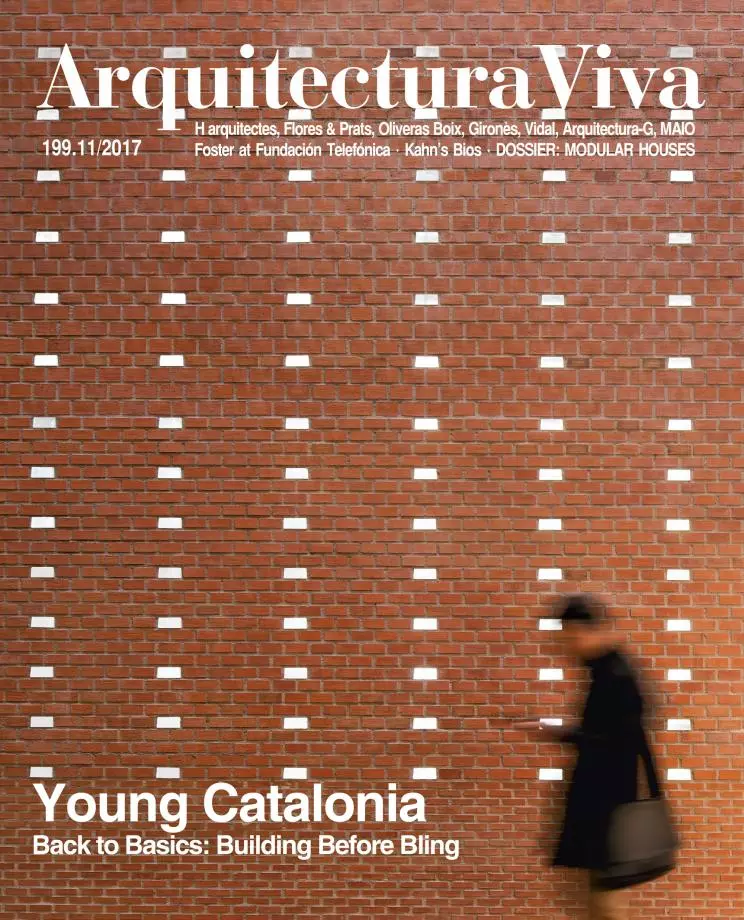
Two constructions are hot topics in New York City right now. Two constructions, one beside the other, within Hudson Yards, a real estate development embracing the last stretch of the High Line park. Two very different constructions which somehow pose an age-old question: are they sculpture or architecture?
One of them is called Vessel and it’s a work of Heatherwick Studio. The other one, The Shed, is by Diller Scofidio + Renfro. Stairs opening up to the sky beside a shell or shelter that slides and retracts.
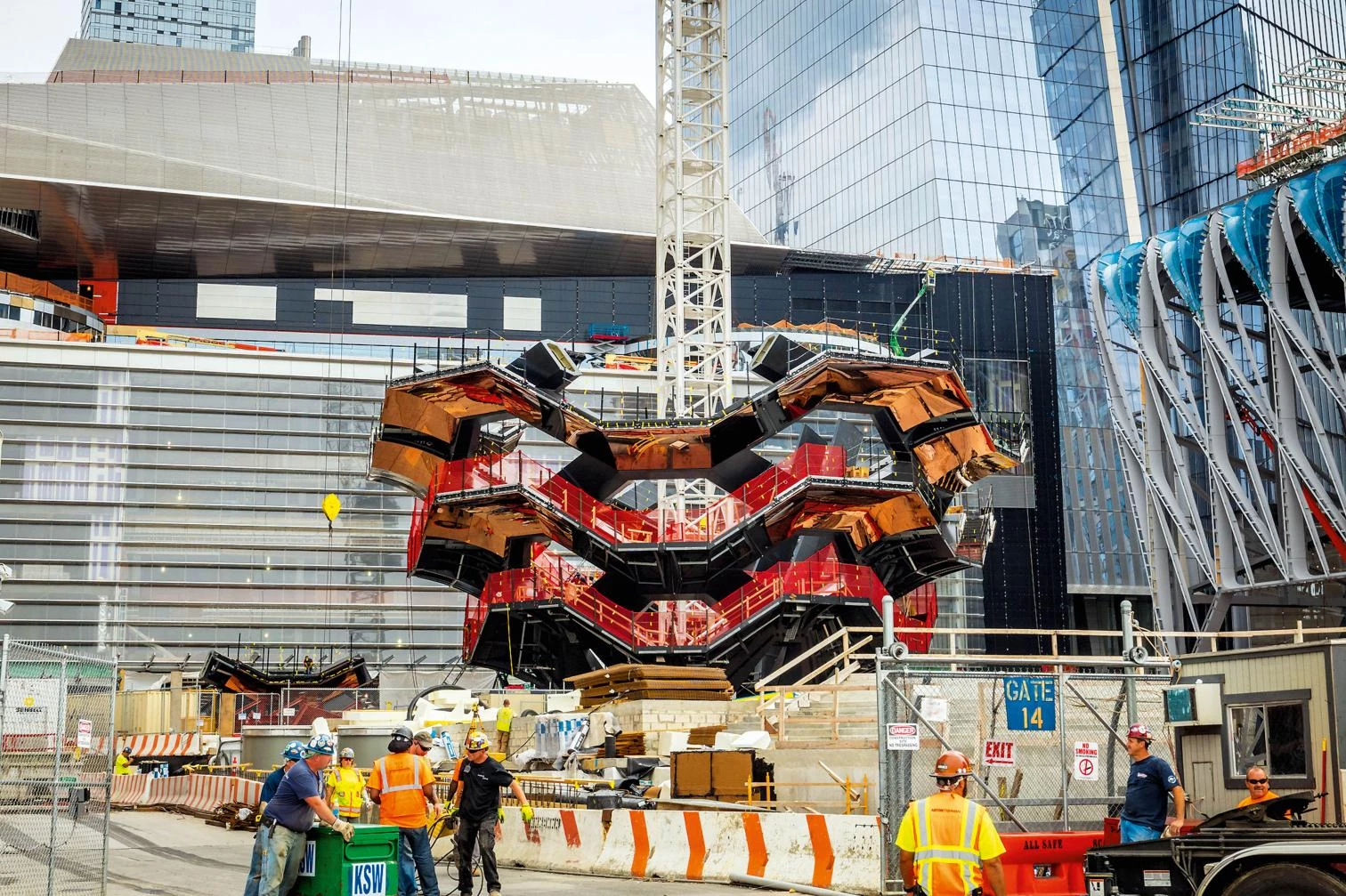
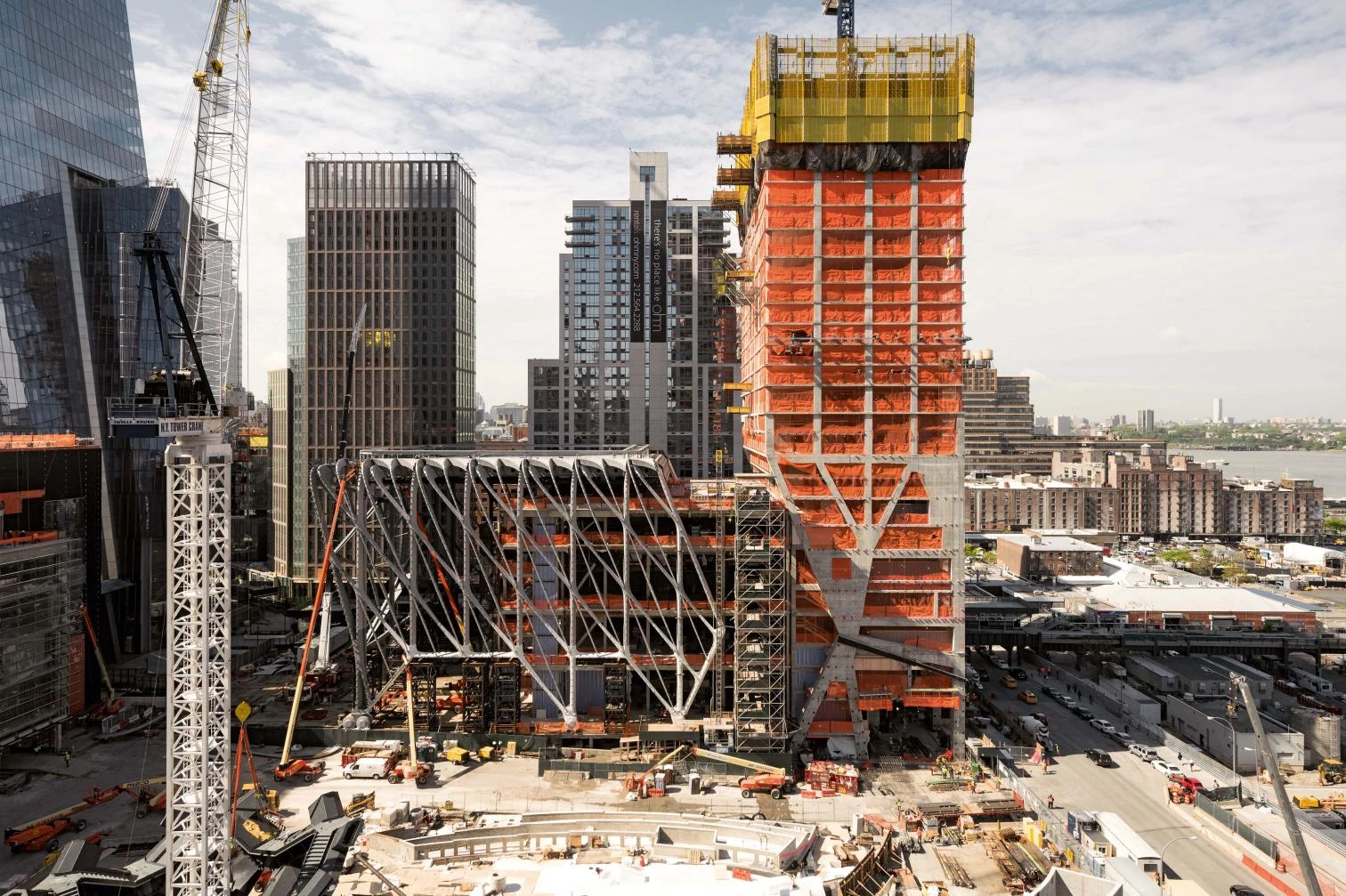
The Shed is a cultural center with a floor area totaling 19,000 square meters. The structure presents a permanent base and a telescopic outer shell that can be deployed over the adjoining plaza, containing spaces for exhibitions, installations, performances, concerts, and all kinds of cultural productions. The hall can seat 1,200 and take in a standing crowd of 2,700. The whole ceiling of the shell acts like a theater deck; it can be expanded and contracted by rolling the telescopic shell on rails, drawing inspiration from the industrial past of the High Line and the West Side Railyard. By using conventional building systems for the fixed structure and adapting gantry crane technology to activate the outer shell, the flexible building can be adjusted to the program inside and out.
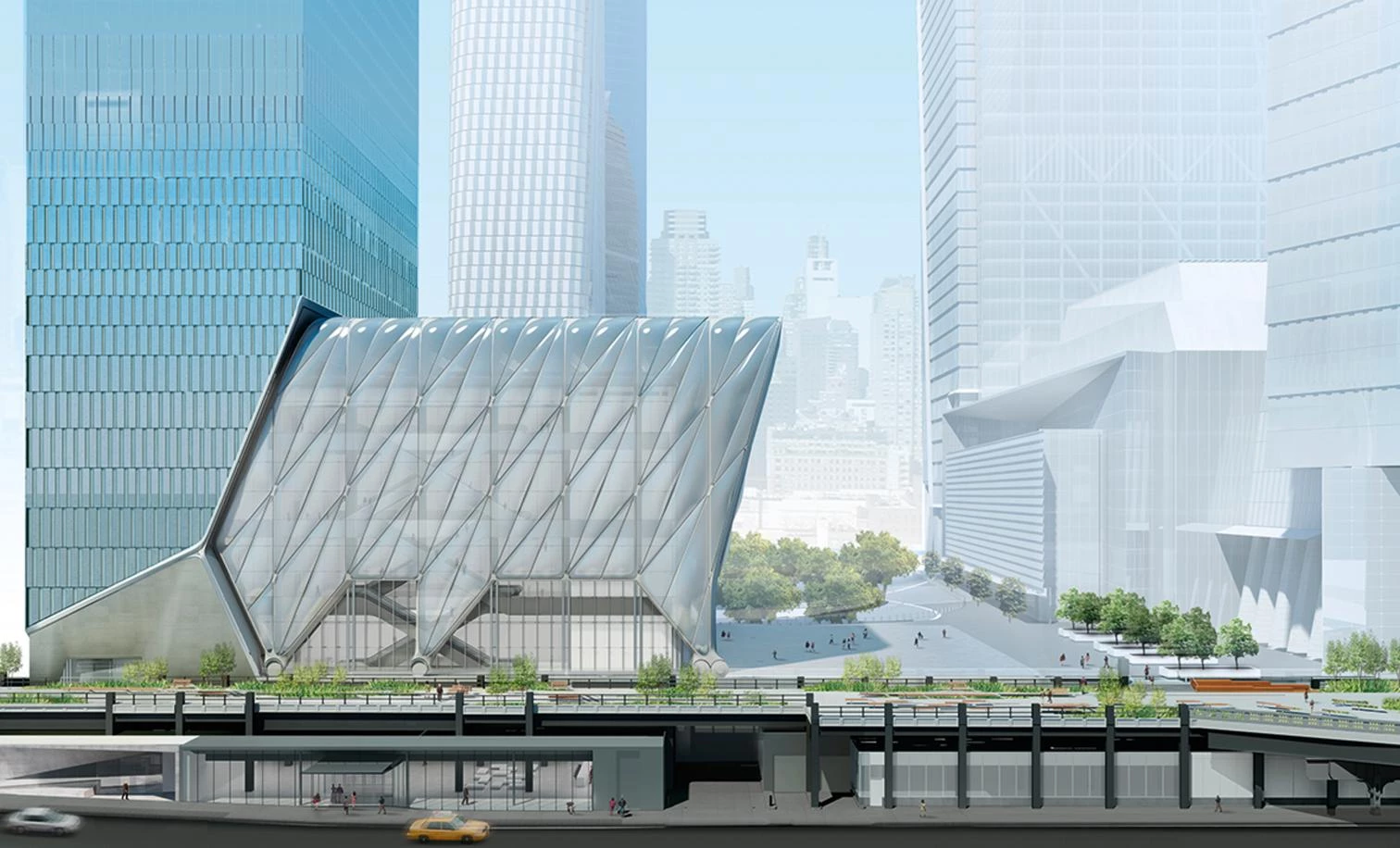
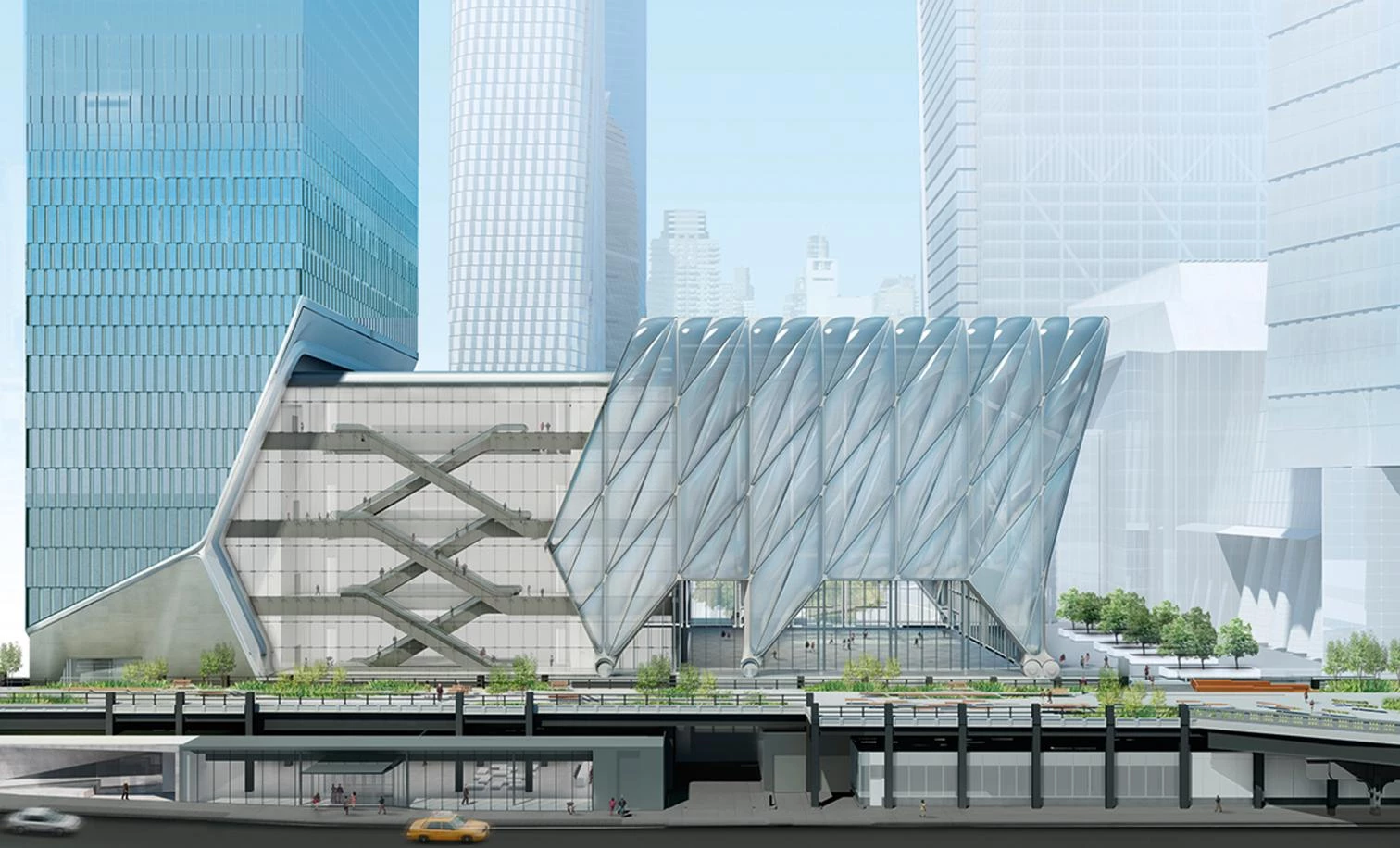
The Shed takes inspiration from the Fun Palace (1964), the machine imagined by the British architect Cedric Price and the theater director Joan Littlewood. The shell, weighing more than 4,000 tons, is moved along a double-wheel track on gantry cranes like those commonly used in the shipping ports nearby, and can be deployed in five minutes. With the completion of its huge steel frame, The Shed is scheduled to open in the spring of 2019. Michael Bloomberg, former mayor of New York, has put in 75 million dollars for programming.

Stairway to Nowhere?
Going up beside this convertible container is Vessel, an ensemble of stairs rising to a height of fifteen floors, conceived as a sculpture. It is made of 75 units prefabricated by Cimolai at their facilities in Monfalcone (Italy) and sent to New York, giving rise to 154 flights of interconnected stairs, 2,500 individual steps, and 80 landings: a mile climb.
The structure expands considerably as it rises, the diameter going from 50 feet (about 15 meters) at the base to 150 feet at the highest point (some 45 meters), all within a painted structural steel framework, with the surfaces of the lower part wrapped in a skin polished and colored like copper. These stairs recall the catwalks inside the main library of New York University, built in 1973 by Philip Johnson and Richard Foster as a 12-level atrium with a 45-meter drop down which several students took their lives.
The dramatic design of Vessel is inspired in the baori or Indian stepwells, with their hundreds of descending stairs. But here it’s the other way around: a stepwell rising to the New York skyline, in search of views. Vessel is a watchtower or guard post with a command of the High Line and Manhattan’s West Side. Already surrounding it is a park with 200 grown trees, 8,000 plants, and a corridor of water designed by Nelson Byrd Woltz.
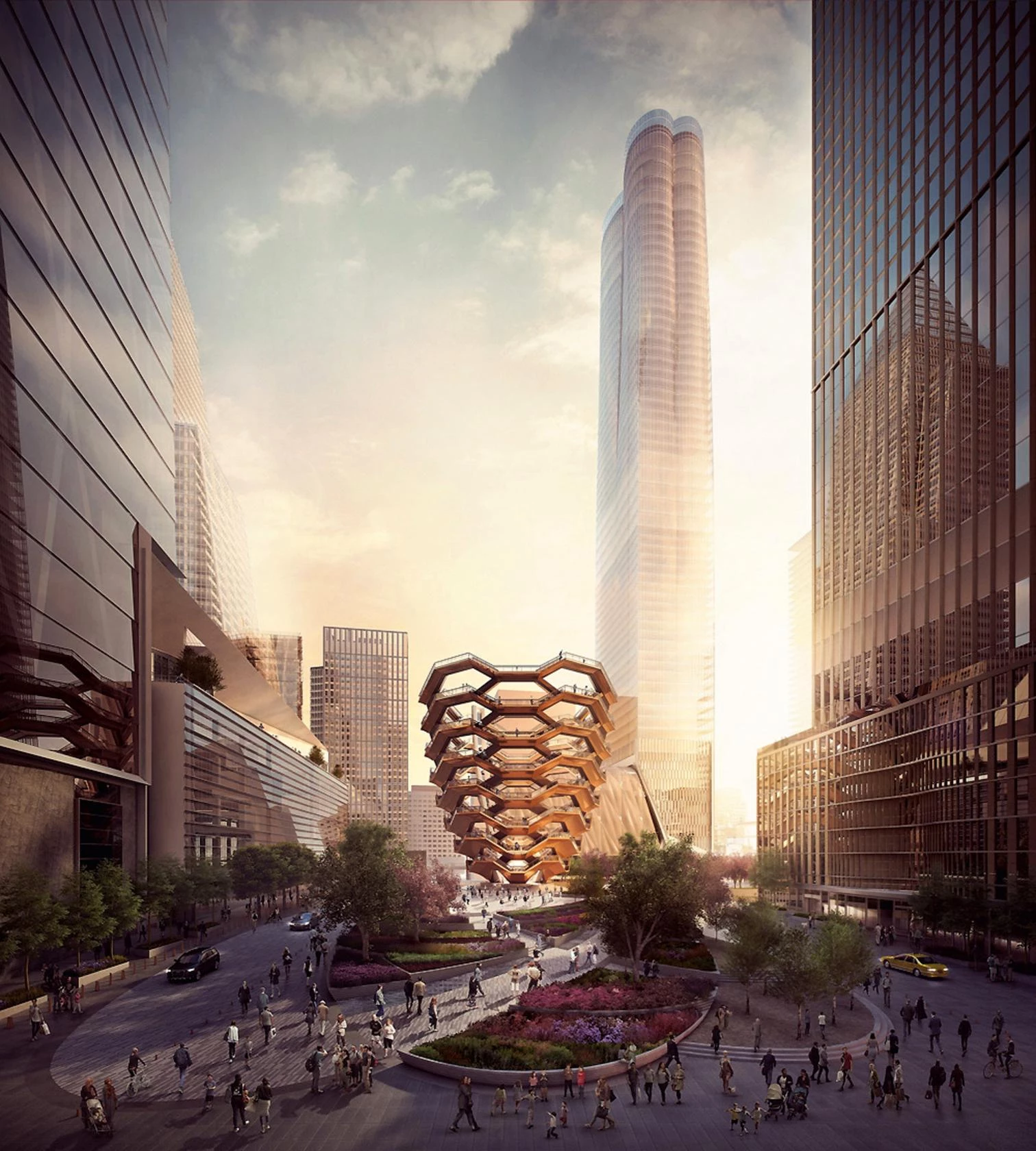
The New York Times has called Vessel a “stairway to nowhere”; other critics compare it to a döner kebab, the rotating vertical grill, the Greek gyros; still others are reminded of the stairs in the subway station at Lexington and 63rd Street; finally, there are those for whom it’s a gewgaw, a cheap toy of the current Gilded Age of Trump.
Heatherwick has earned an international reputation for works conceived to stun (what Aristotle asked of philosophy) and showing their ingenuity in many fields: architecture, furniture, design, and fashion, and along the way sculpture, transport, and urban planning. With Norman Foster in Shanghai recently, Heatherwick completed an auditorium inspired in traditional Chinese theaters which is wrapped in a ‘mobile veil,’ a facade with three layers of hanging bronze tubes that a mechanism opens. Heatherwick has also been working on the Zeitz Museum of Contemporary Art Africa (MOCAA) in Cape Town, recently inaugurated.
Architecture or Sculpture
The question that each of the two constructions inevitably poses is: what is it? Does the device, gadget, or strategy belong to architecture or to sculpture?
In both cases there is a deep commitment to integrate design into the work, to look for appropriate new materials, to make formal elegance go hand in hand with technique. Both pay attention to the tactile, to texture, and especially to the extraordinary form. Each is a new kind of public landmark: flashy and interactive, intended to be climbed and explored. But there is a radical difference between them.
Vessel is not architecture; it’s a contemporary menhir, an infrastructure turned into a sculpture. An object subjected to gravity that acts as an apparatus for reorienting the body in relationship to the ground and the city. It’s a sign. Its intricate symmetry and aesthetic divorces the classic grand stair from a symbol of power and prestige, making it a popular object without a function. It leads nowhere. On the contrary, it ends up returning to itself: the stairway as a point of reunion, like Scott Burton’s benches of the 1980s. As for the The Shed, it’s a marvelous hangar designed to physically change at will, but its purpose is to protect, shelter the human being: it’s architecture of infrastructure.
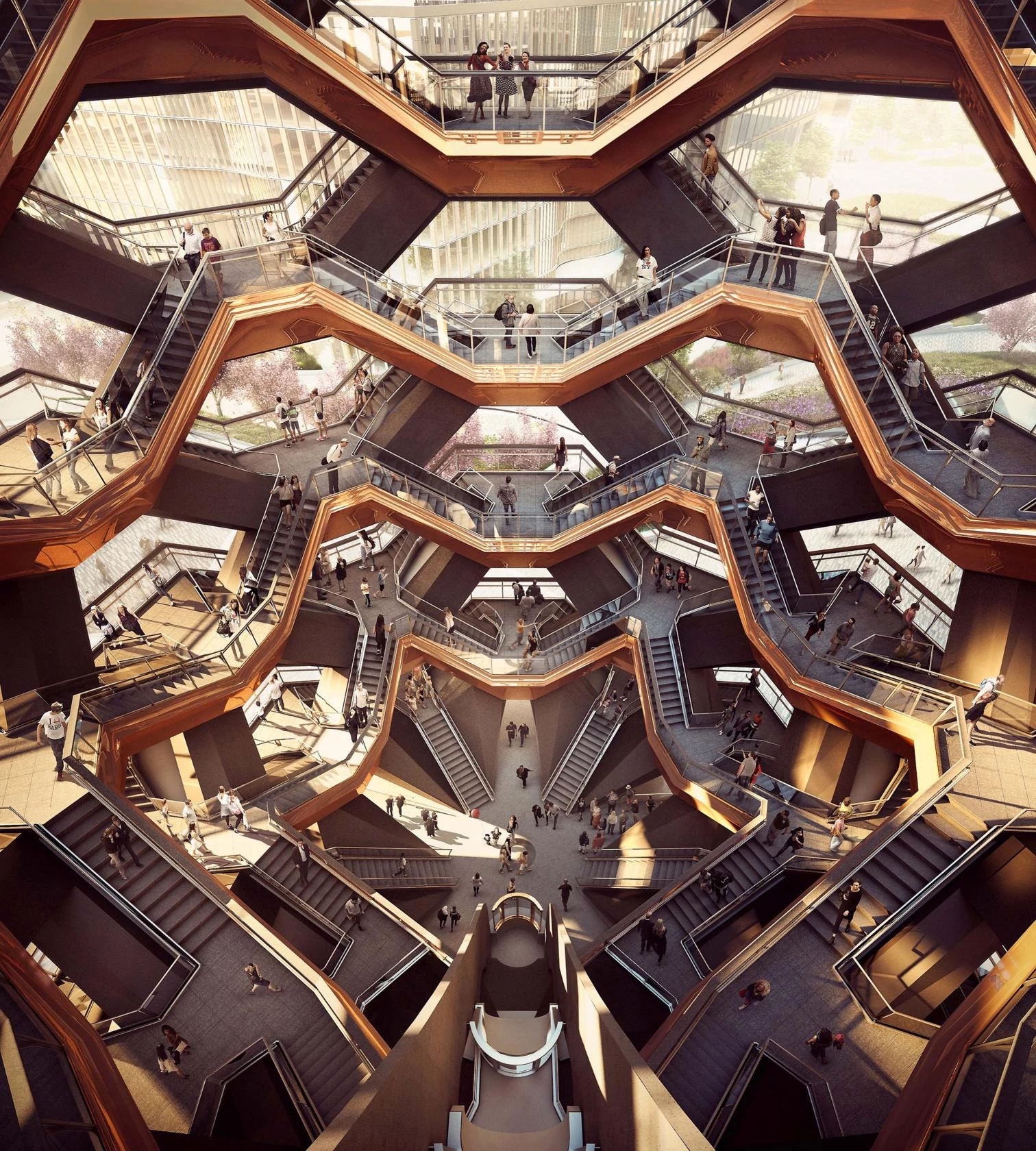
Kosme de Barañano, a historian and critic, wrote Criterios sobre la historia del arte.

